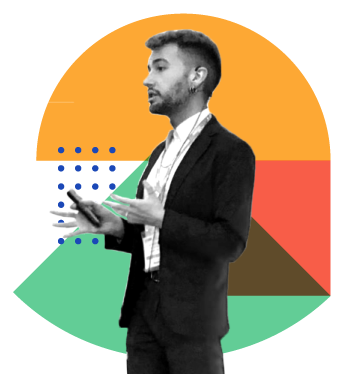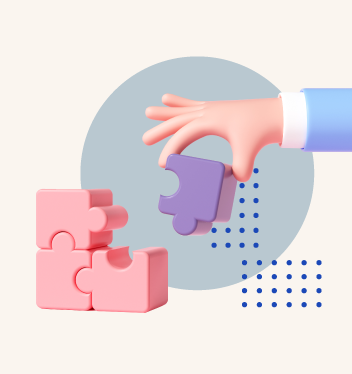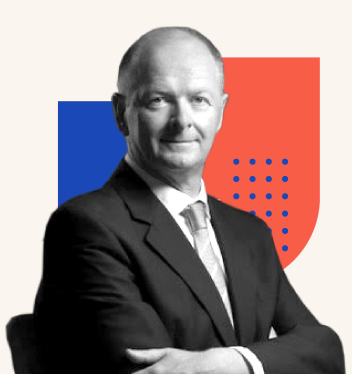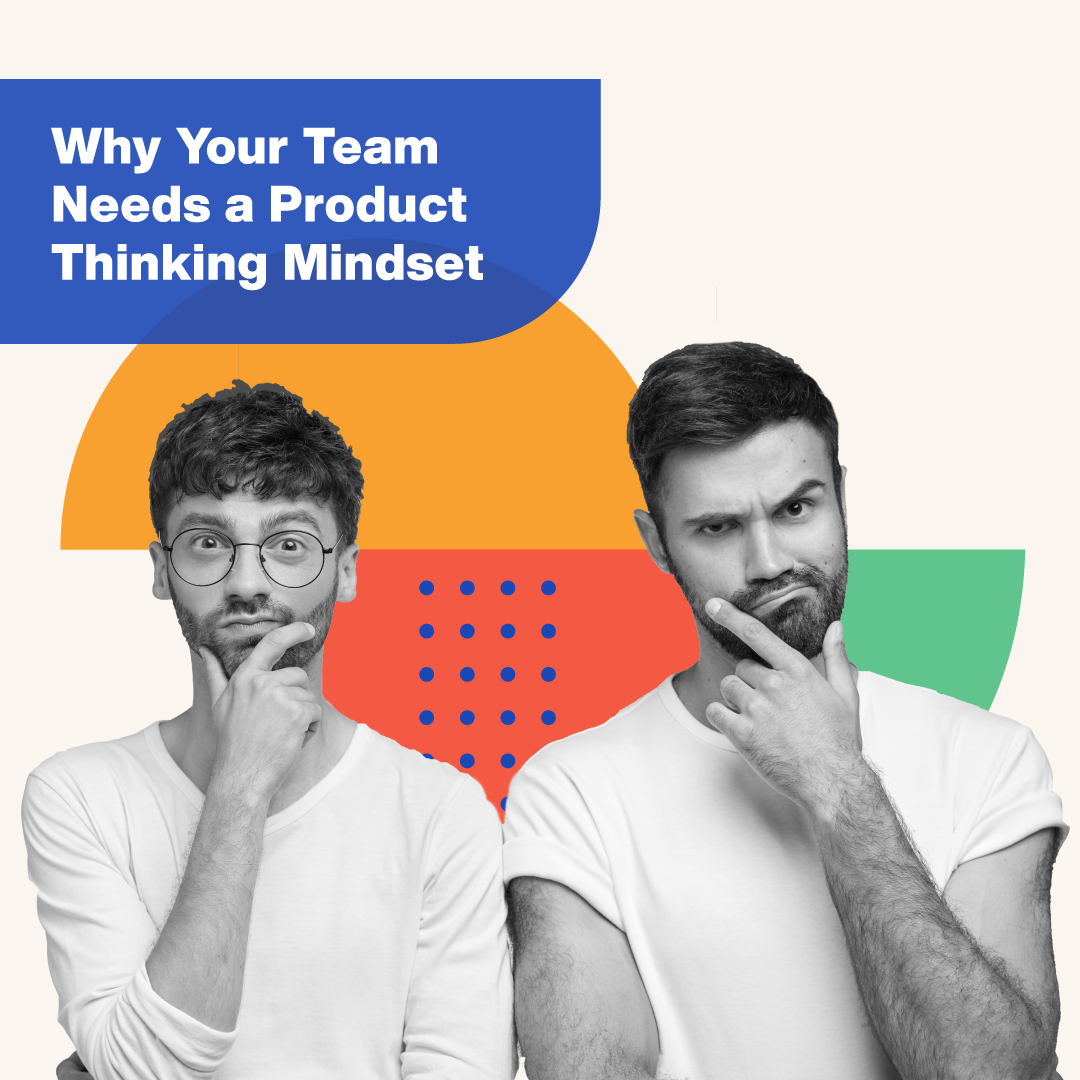Elia Maniscalco is UX Director for a technology non-profit organisation, Re:Coded. He has a long-standing passion for education and has worked as a UX instructor at Flatiron and RED Academy in London. Prior to that Elia spent six years consulting as a UX designer. He is an industrial design graduate and holds a Master’s in Design and Cultural Heritage.
We caught up this week with UX Programme Director Elia Maniscalco. He gave us insight into his own passionate career journey, why newbies turn into the best UX graduates and shared why “I do, you do, we do” is the secret to successful teaching.
Elia, please tell us a bit about your background?
I was born in Rome but moved with my family to the south of Italy, Sicily when I was about five years old. Living there is in part why I have quite a cheerful energy about me most of the time! However, there wasn’t much of a professional challenge for me in that environment. From a very young age, I was always looking for a big project or something that I could embrace – it was this desire that pushed me forward into the career I have today.
When you were finishing school and thinking of further study, did you know what you wanted to do?
When I finished high school, I jumped into studying physics! I really liked the scientific, research-based approach that you apply to physics. However, I struggled with the fact it was just far too serious, and there was no creativity in it at all. I left and decided to explore something different, and it was around this time that I discovered industrial design, which also took a technical approach but had some of the creativity I was missing. I ended up graduating as an industrial designer and decided to move to the UK.
How did you move into UX design?
When I moved to the UK (London) I came across this new field called UX design. I heard it was all about user research and design solutions that were human-centred with a data-driven ethos. I loved what I saw, particularly the blend of creativity with decisions made through data, not creative intuition. Back then UX design wasn’t such a structured thing, but more of a trend.
I wanted contact with creative people and so I subscribed to a Google Campus membership that gave me the opportunity to meet like-minded people and put myself in the right environment. I enrolled in an online course and that was pretty much the beginning of my journey. My next steps were then to get more real-life projects and learn to play around with different concepts. That’s when my UX journey truly started!
What’s the difference between industrial design and UX design?
UX is about creating compelling digital products, like websites or apps, and covers how they are used, look and feel. Industrial design is all about developing concepts and optimising processes for manufactured products, such as cars, home appliances, electronics, and toys.
You ended up consulting to and freelancing with companies as a UX designer for years. What brought you to Skills Union?
I joined Skills Union because I was really missing education. I love teaching design and have some experience with it, which brought me to a new realization that what motivated me even more was working with people to help them shape their future.
Being an instructor allows me to dip into the design from a different perspective. A student career is just another project that I must tackle with a UX mindset, but this time the outcome is not a website or an app, it’s a human life, changed. For me, that is one of the most satisfying things in the world.
What are the benefits of online education versus physical education for not just international students, but students in general?
In one word? Flexibility!
The one positive thing in this pandemic has been the fact that we’ve all been forced to re-think our work environments, what it means to be employed and what kind of daily routines and work settings we have. It’s made us re-evaluate how important the physical dimension of these experiences is, and what we get from them. We’ve been forced to think about how to make the virtual interaction that must take the place of the physical, really good.
Not to mention the ability to study at a top-class university or take a top-class course without having to bear the costs of physically being it is amazing. It’s opened up accessibility for the many people who can’t afford the time or money to do this.
You’ve often praised the power of cohort or group-based learning. Why is that such a drawcard?
Studying and learning in a social setting means that someone will be learning not just from their personal experience, but also from the experience of everyone around them. This is not because we have a perspective of ‘the more the merrier!’.
We deliberately bring people together in small cohorts, which is essentially a social setting. The students can confront misconceptions or differences between themselves and others. In this kind of environment, a student learns that their understanding of something will be different from someone else’s – just like in the workplace in real life!
Why are soft skills a big deal? Isn’t technology all about technical expertise?
In UX teams, you work with people across departments and must get good at social interaction. Social interaction is all about soft skills. We know soft skills are what employers are looking for in their staff. Everybody can learn new software or a new coding language. It’s more difficult to hit the ground running when joining a company and working with people quickly and easily. The social dimension of the learning environments we offer at Skills Union is deliberate – social learning translates into soft skills development.
You often mention the Skills Union pedagogy and social approach to learning. What do you mean by that?
At Skills Union we believe in active, two-way learning: we call this “I do, we do, you do”. We’ve proven this is the most effective type of online learning that exists, which is very different from what’s currently out there. Passive learning is a scenario in which someone is talking, and a group just listens. Active learning is the other way around. We’re all working together, practising the concepts that the instructor explains.
Although the student is taught the theory, they then apply the concepts actively – this is learning by doing! Best of all, learning through common beginner mistakes (which we all make when we first start trying something) translates directly into a design thinking approach – both to life and to problem-solving.
Do the students you teach all have design backgrounds?
Very few students have a design background! Most of them are either career changers or people who’ve recently graduated and want to upskill or re-skill.
In fact, something I’ve noticed over the past few years is that the students with the least amount of design experience achieve the best results. I don’t know if it’s because of that initial anxiety and pressure that pushes them to bring their best game to every opportunity. I think this is clear proof that no matter what your background, there’s always time to change your career and embrace a new path.
The only thing necessary is motivation and commitment.
Is it really possible to become a UX designer in only six months?
The most important thing we see in successful UX graduates is their ability to embrace the mindset we teach. Over our six month course, we get students to experiment with the most useful and important methodologies and tools which equip them with a flexible, learner mindset.
I tell a lot of students: that six months might not be enough! One year might not be enough, or two years, to cover the entirety of the complex systems of knowledge. We live in an accelerated world, and disciplines are constantly changing and evolving. But if you embrace the mindset we build with you, you will be able to learn whatever new software, trend, or technique that comes up. Six months is enough to embrace the course material, understand the methodology and leave ready to go solo when the time comes.
Do you have any wisdom or tips for those following in your UX footsteps?
Something that has been a constant note throughout my career has been my willingness to stay true to myself and do work that felt satisfying. Over the years have been offered positions with big, well-known companies or those with better pay. But my own decision driver has always been staying true to myself and what really motivates me.
If I had to give any advice to someone thinking about stuff, or changing their careers, I would say: “understand who you are, what your values are, and what motivates you“.
At the end of the day, a job can just be a job, but it can also be something more, something satisfying. If you want to bring your A-game and feel satisfied and rewarded at the end of the day, you’ve got to do what is important for you.
Once you understand what you want to do and what motivates you, be open to your personal growth. This also implies being open to feedback, open human interaction, and being willing to learn from the people around you. And never take anything personally! When somebody is giving you negative feedback about something, try to understand that they’re giving feedback about a very specific, limited portion of your work. And that doesn’t say anything about you as a person.
What is your number one ‘rule’ to live by?
I just have one: be honest and true to yourself. Every positive decision I’ve made in my life has come from this.







